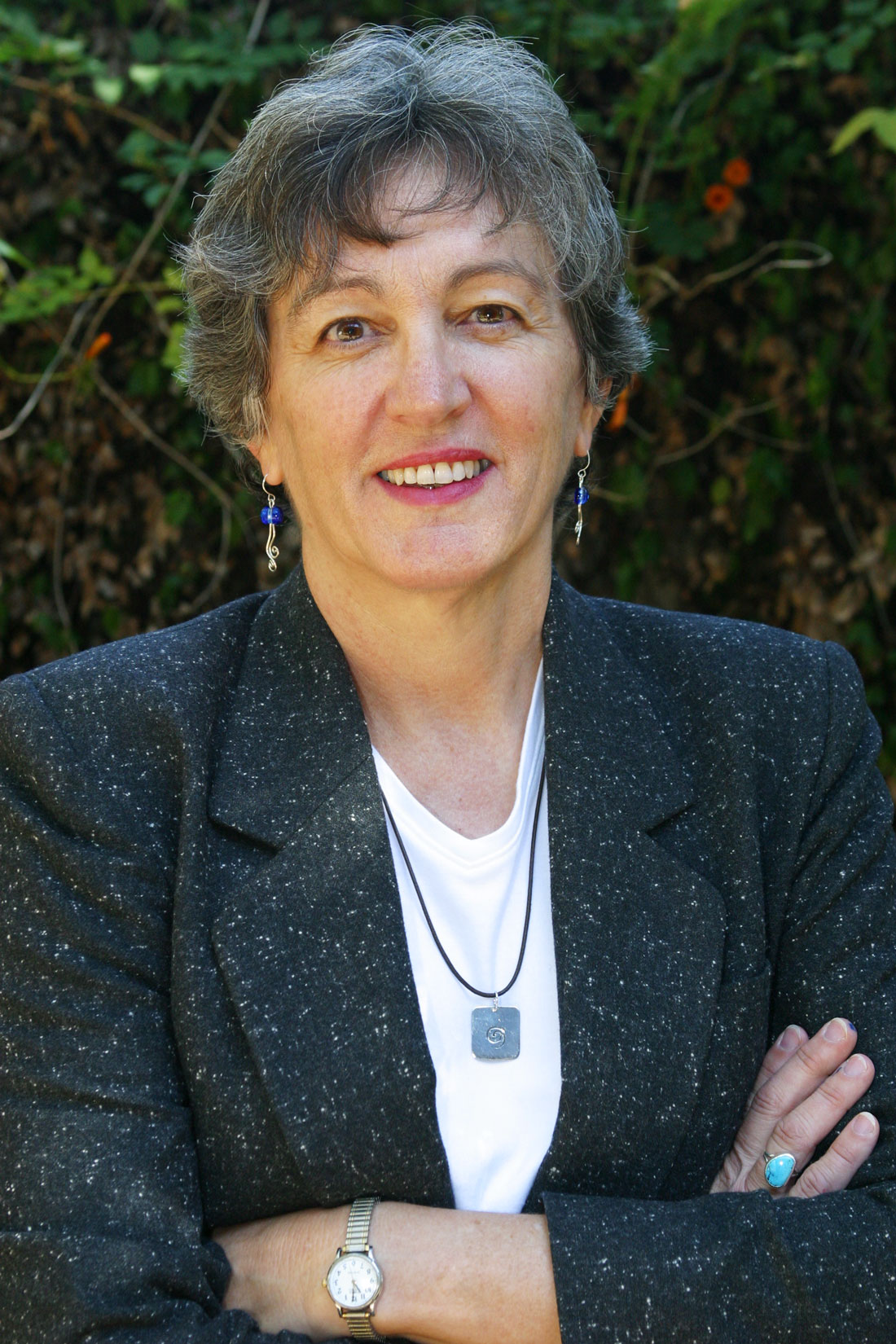On the Friday after the hurricane, rapper Kanye West accused the president and other government officials of racist reasons for delaying help to people on the Gulf Coast.
“George Bush doesn’t care about black people,” West said during a NBC network benefit show for the American Red Cross.
Clearly, racism is still a factor in American society. And whether we want to admit it or not, it affects media coverage. Stereotypes and biases creep unconsciously into the work of reporters, photographers, producers, editors, and publishers.
This is not to denigrate the brave, tireless reporters, producers, and photojournalists who have spent days without sleep and showers to tell the public the stories of Hurricane Katrina. They were scrambling to do their jobs, getting out badly needed information about perhaps the worst American disaster I can remember.
But it is a message to journalists to be careful about how they portray people, even when working under great duress. Media strongly influence how society perceives race and ethnicity, which I know from experience isn’t a reporter’s first concern when trying to make sense of pandemonium under tight deadlines.
In the middle of the hurricane coverage, a comparison of two photographs was being circulated on the internet. It also landed in my e-mail.
In one picture, from the Associated Press, a black man wades through chest-high water carrying something in a black plastic garbage bag and a case of soda. The caption says that he has just looted a grocery store.
The other photo, from the Agence France-Presse news agency, shows a young white couple also wading through chest-high water. They are wearing backpacks, and the young woman is carrying a loaf of bread. The caption says that the two are walking through water after “finding bread and soda from a local grocery store.”
I can’t think of a better example of a double standard: Blacks loot grocery stores while whites find something to eat.
Unfortunately, this type of coverage happens too often in a media under competitive pressure in an increasingly diverse society. In fact, the American population now has the lowest percentage of white people in its history. One-third of the U.S. population is non-white; Texas has recently become a majority-minority state. In New Orleans, two-thirds of the population is black, and many of those people are poor. They couldn’t get out of town when the hurricane was coming because they didn’t have cars, cash, or other means. They had no choice.
Unfortunately, the combination of poverty; lack of organization by local, state, and federal governments; lack of resources; and pure desperation led to chaos, including looting and shooting, after the hurricane. The worst of it – or the worst that the media was at hand to document – happened at the Superdome and in the New Orleans Convention Center, where sick and old people died, children were raped, bodies sat in corners, and people screamed with desperation. The footage looked like scenes out of Darfur or areas of Niger instead of the United States of America. All this was right in front of the nation’s eyes on CNN, Fox News, MSNBC, and the major television networks.
I understand why Kanye West was angry at the president.
Two days after the hurricane, I was teaching a class called “Race, Gender and the Media” at the University of North Texas. I asked my students to examine daily newspapers to see what they observed in the coverage of the hurricane.
Their findings were fascinating. In The New York Times, they found a photograph of a black man posing with his shirt off, holding a rifle he had taken from a retail store. To them, this represented a stereotype of “the scary, criminal black man” out to menace society.
In the Denton Record-Chronicle, they found a front-page layout that featured a top-of-the-page photograph of an older white man carrying bread to people who had fled from the hurricane. At the bottom of the page was a photograph of a black woman crying in front of a body. My students felt this perpetuated stereotypes of white males as saviors and black women as helpless.
These observations by college students reflect the perceptions of society. We in the news media need to think hard about how we portray others. Journalists have a great deal of power, and we must use it wisely.
Tracy Everbach is a journalism professor at the University of North Texas. She can be reached at TracyEverbach@hotmail.com.











